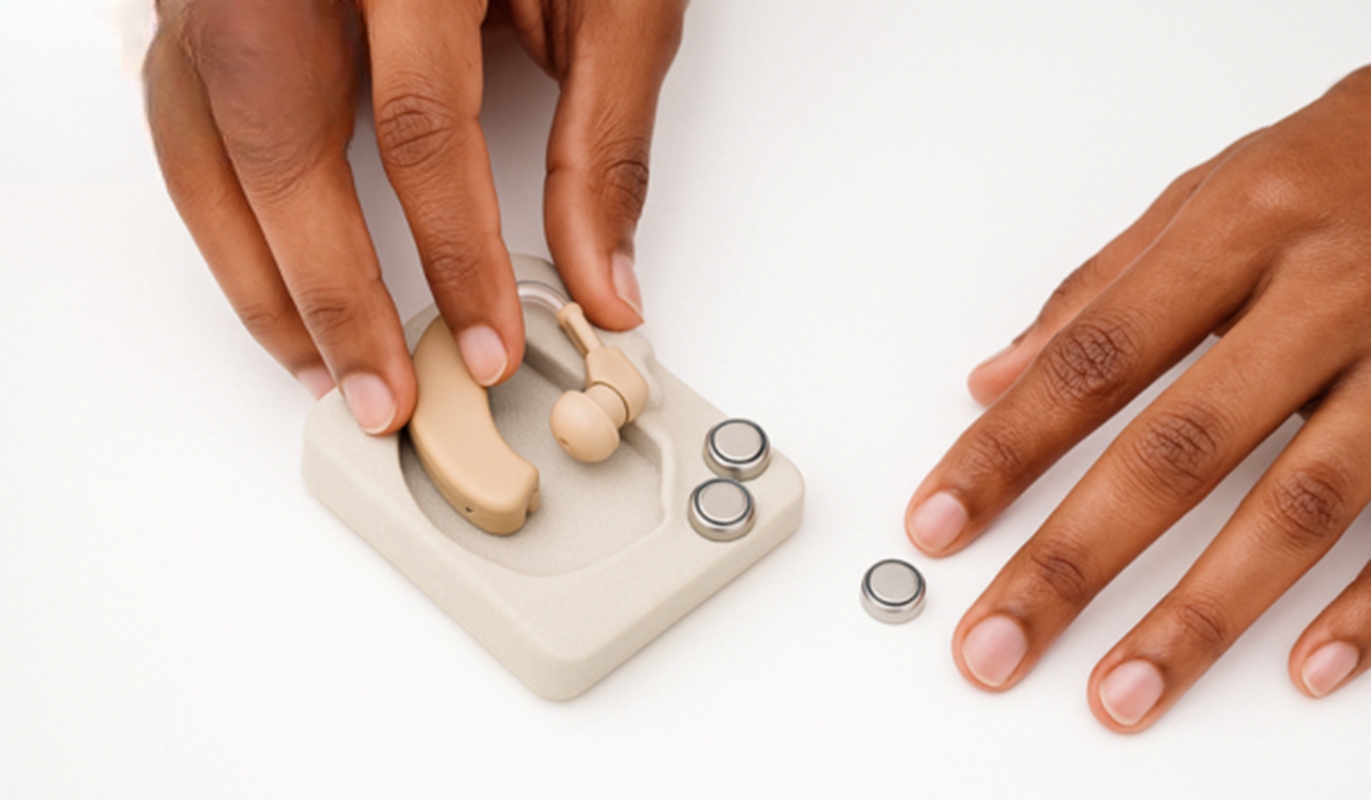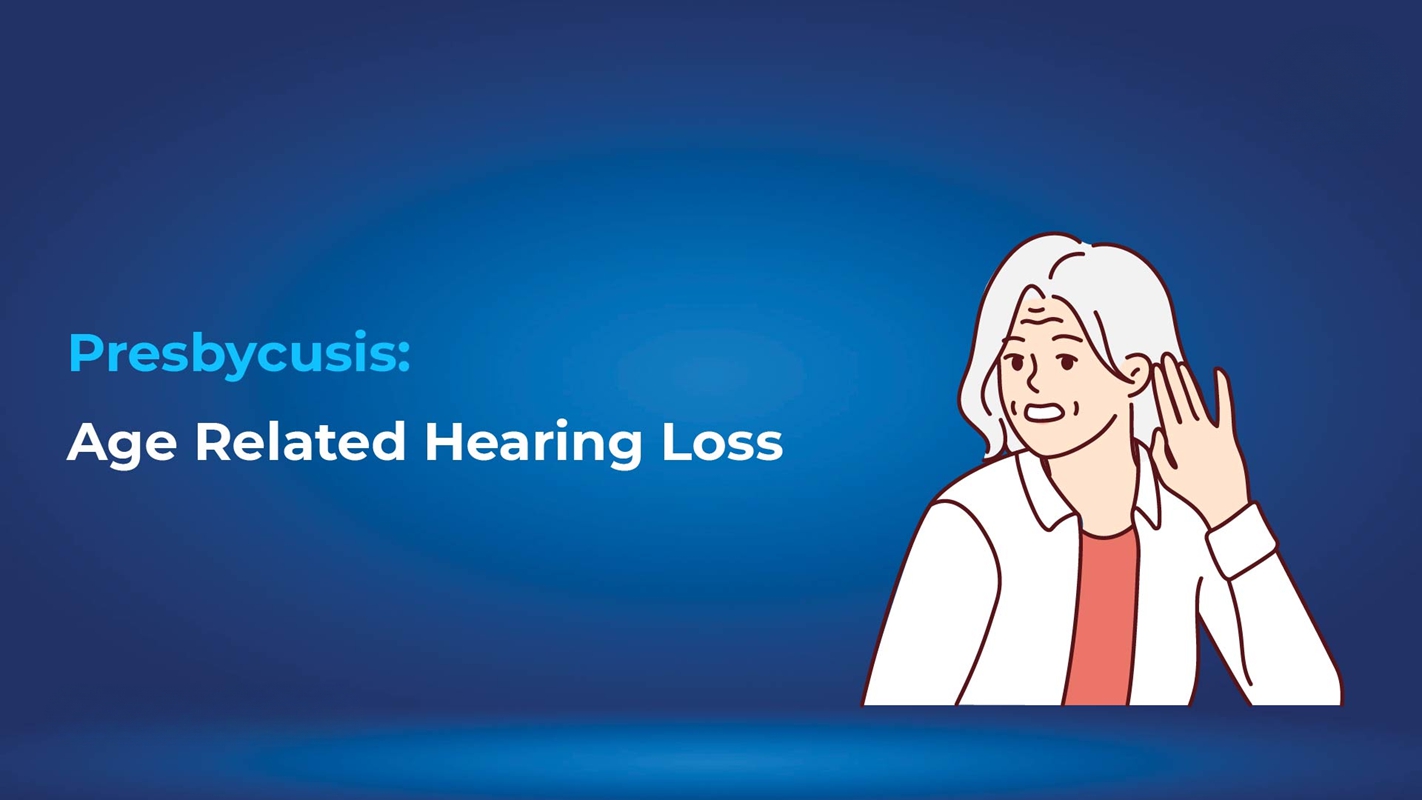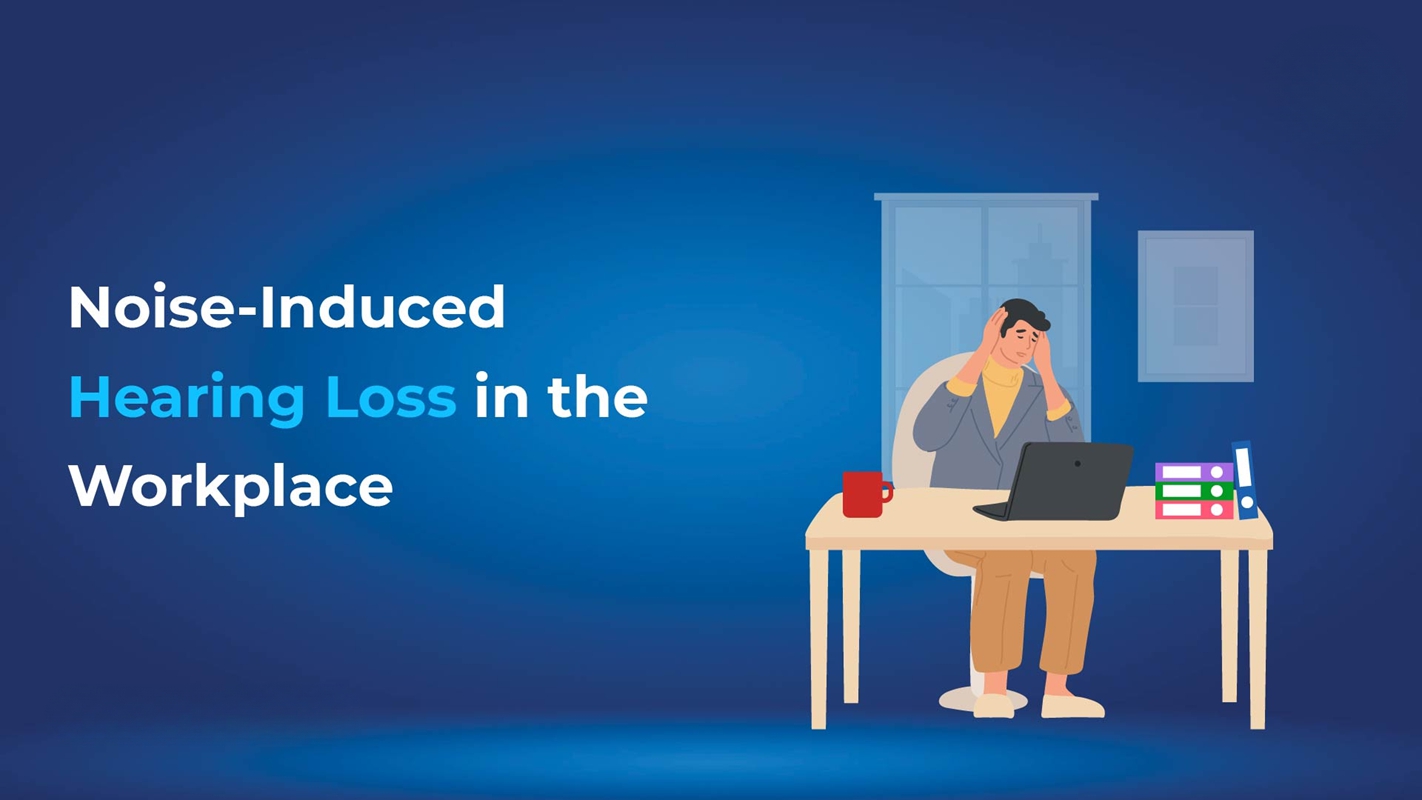Understanding which cell keeps your hearing aids running is essential for users who depend on these devices daily. The type of battery used not only affects sound clarity and reliability but also impacts convenience, cost, and environmental impact.
Hearing aids are a lifeline for many with hearing loss, helping them stay connected and independent. These small yet powerful devices amplify sound, making everyday interactions easier. But have you ever wondered what keeps them powered? Surprisingly, it’s not your typical rechargeable battery. Instead, many traditional hearing aids use a special non-rechargeable cell—often the mercury cell. Chosen for its long life, stable voltage, and compact size, this tiny power source ensures your hearing aid works smoothly and discreetly.
The Primary Cell Used in Hearing Aids: Zinc-Air Cells
The most common and widely used battery in modern hearing aids is the zinc-air cell. These batteries are non-rechargeable, activated by air, and provide a steady voltage output, which is vital for hearing aids’ consistent performance.
Why Zinc-Air Cells?
- Air-activated: They begin working when the protective seal is removed, allowing oxygen to react with zinc to generate power.
- Compact and Lightweight: Ideal for small devices worn in or behind the ear.
- Stable Voltage: It delivers consistent energy throughout its life, ensuring high sound quality.
- Eco-friendly Option: Free from hazardous materials like mercury, making them safer for the environment.
Are Mercury Cells Still Used?
Historically, mercury cells were popular due to their long lifespan and stable voltage. However, due to environmental hazards associated with mercury, they are now largely phased out and banned in many regions. Mercury cells are no longer the standard and are replaced by safer alternatives like zinc-air and lithium-ion cells.
Rechargeable Options: Lithium-Ion and Silver-Zinc Cells
In response to the growing demand for eco-friendly and convenient solutions, many modern hearing aids now use rechargeable batteries, such as:
- Lithium-Ion Cells: Found in high-tech hearing aids, offering long battery life and fast charging.
- Silver-Zinc Cells: Another rechargeable option, known for good power density and safe chemical composition.
These rechargeable options eliminate the need for frequent battery replacement and are more sustainable in the long run.
Choosing the Right Battery
When selecting a battery type, consider factors like the hearing aid model, battery size, lifespan, and personal preferences, such as ease of replacement or recharging options. For instance:
- Small-in-the-ear (ITE) and CIC hearing aids usually use smaller zinc-air batteries (like size 10 or 312).
- BTE hearing aids and RIC hearing aids are often compatible with larger zinc-air or rechargeable lithium-ion batteries.
Each type of battery has distinct advantages that cater to specific needs and lifestyles.
Why the Cell Used in Hearing Aids Matters
The battery used in hearing aids plays a vital role in ensuring the device performs reliably. Unlike regular batteries, hearing aid cells are designed to deliver stable, long-lasting power in a compact form. Here’s why choosing the right cell matters:
- Long Lifespan: Hearing aid batteries, especially mercury and zinc-air types, last much longer than standard ones. This is helpful for users who find frequent replacements inconvenient.
- Stable Voltage: These cells provide consistent power, which prevents sudden drops in sound quality and keeps the device functioning optimally.
- Compact Size: Since hearing aids are small, they require compact batteries that can fit easily without sacrificing performance.
- Low Power Consumption: Hearing aids don’t need much energy, and cells like zinc-air are designed to supply just the right amount efficiently, ensuring longer usage between charges.
Overall, the right battery ensures that your hearing aid remains dependable, effective, and easy to use. Also, read about Signia Hearing Aids Price in India to explore quality options that combine advanced battery performance with excellent hearing support.
Environmental Impact and Eco-Friendly Alternatives
Mercury cells were once common in hearing aids, but they pose serious environmental risks if not disposed of properly. Many countries now restrict their use due to mercury’s harmful effects on soil, water, and health.
Thankfully, safer alternatives are available:
- Zinc-Air Batteries: Mercury-free and eco-friendly, though they require regular charging.
- Lithium-Ion Batteries: Rechargeable, long-lasting, and sustainable, with a higher initial cost but better overall value.
With evolving technology, these green options are becoming the go-to choice for eco-conscious hearing aid users.
Also Read: How to Put in Hearing Aids
Choosing the Right Power Source for Your Hearing Aid
Choosing the right battery is crucial for your hearing aid’s performance and comfort. Your audiologist can guide you, but here are some quick tips:
- Lifestyle: For long use without frequent replacements, mercury cells last 1–3 years. If you prefer eco-friendly options, consider zinc-air or lithium-ion.
- Dexterity: Users with limited hand mobility may find lithium-ion or mercury cells easier to manage due to less frequent changes.
- Hearing Needs: Advanced hearing aids may need more power—choose a battery type that matches your device’s energy demands.
- Budget: Lithium-ion costs more upfront but saves money long term. Zinc-air and mercury are cheaper initially but need more frequent changes.
- Eco Impact: Mercury can harm the environment if not disposed of properly. Rechargeable options like lithium-ion and zinc-air are greener choices.
In the end, the best power source depends on your personal needs and values. Talk to your audiologist to find the right fit—especially when choosing the best hearing aid in India that aligns with both your lifestyle and environmental goals.
Conclusion
While the future of hearing aid batteries undoubtedly lies with environmentally friendly alternatives like zinc-air and lithium-ion options, we shouldn’t diminish mercury cells’ role. Their long lifespan and compact size revolutionized hearing aids, allowing people with hearing loss to experience a newfound connection with the world around them.
However, mercury’s environmental impact necessitates a shift towards sustainable solutions. Thankfully, advancements in battery technology have paved the way for powerful and eco-friendly options. As these technologies evolve, we can expect even more user-friendly and environmentally responsible power sources to emerge, empowering individuals with hearing loss to enjoy the benefits of clear sound while minimizing their environmental footprint.
















